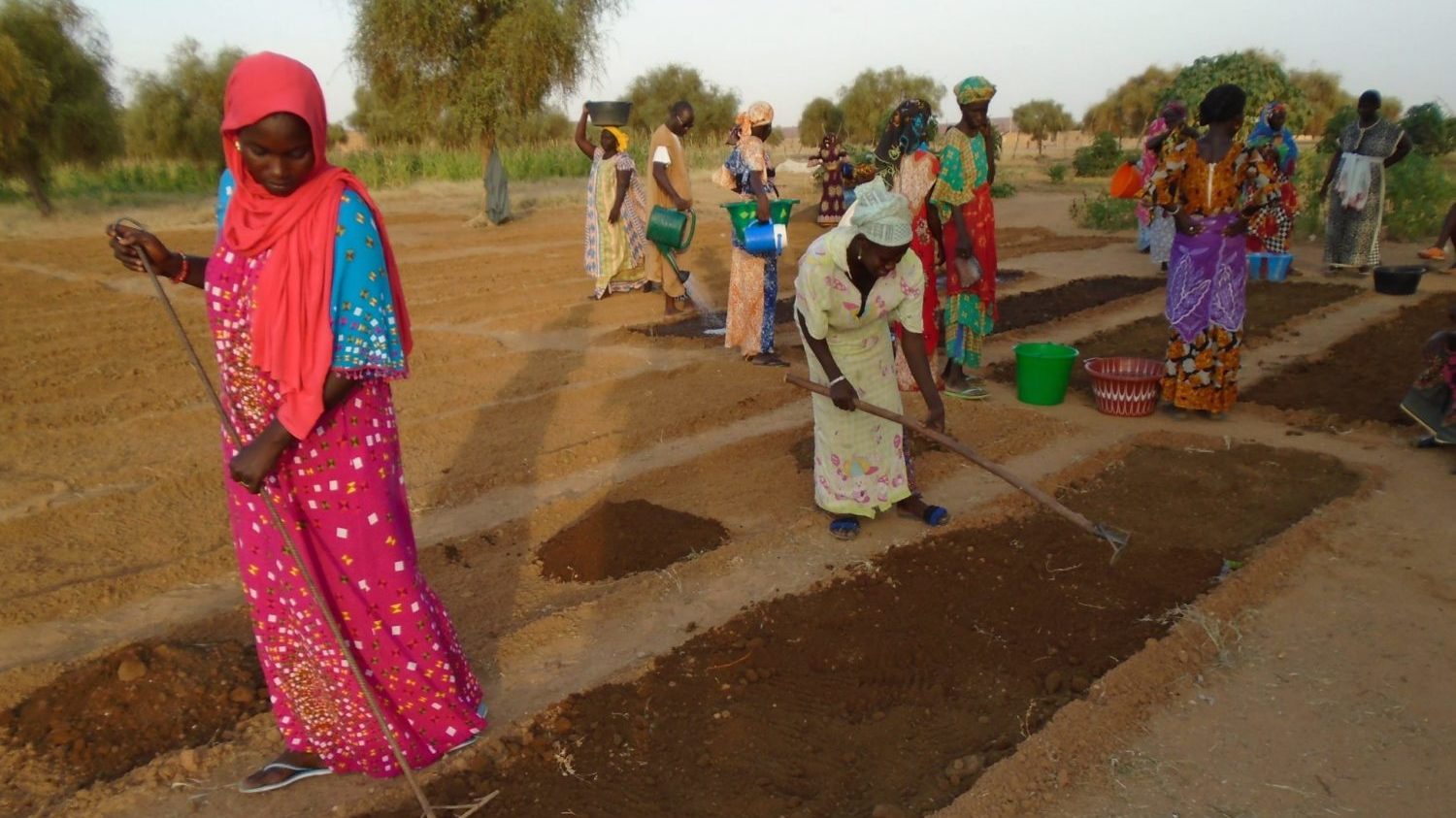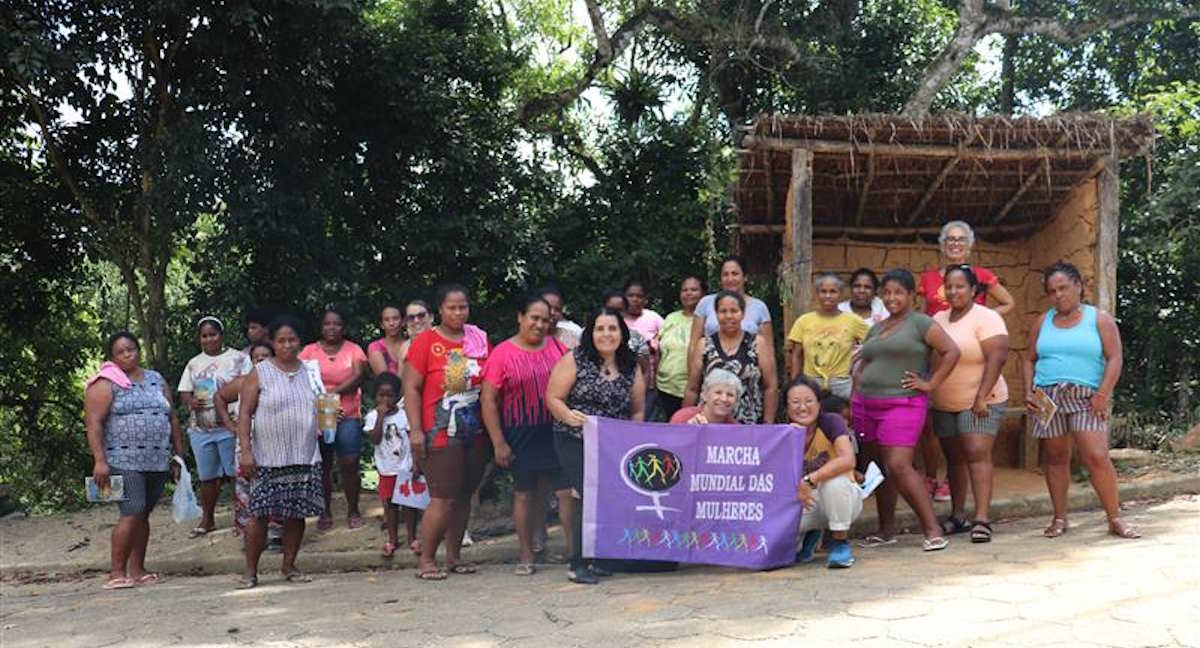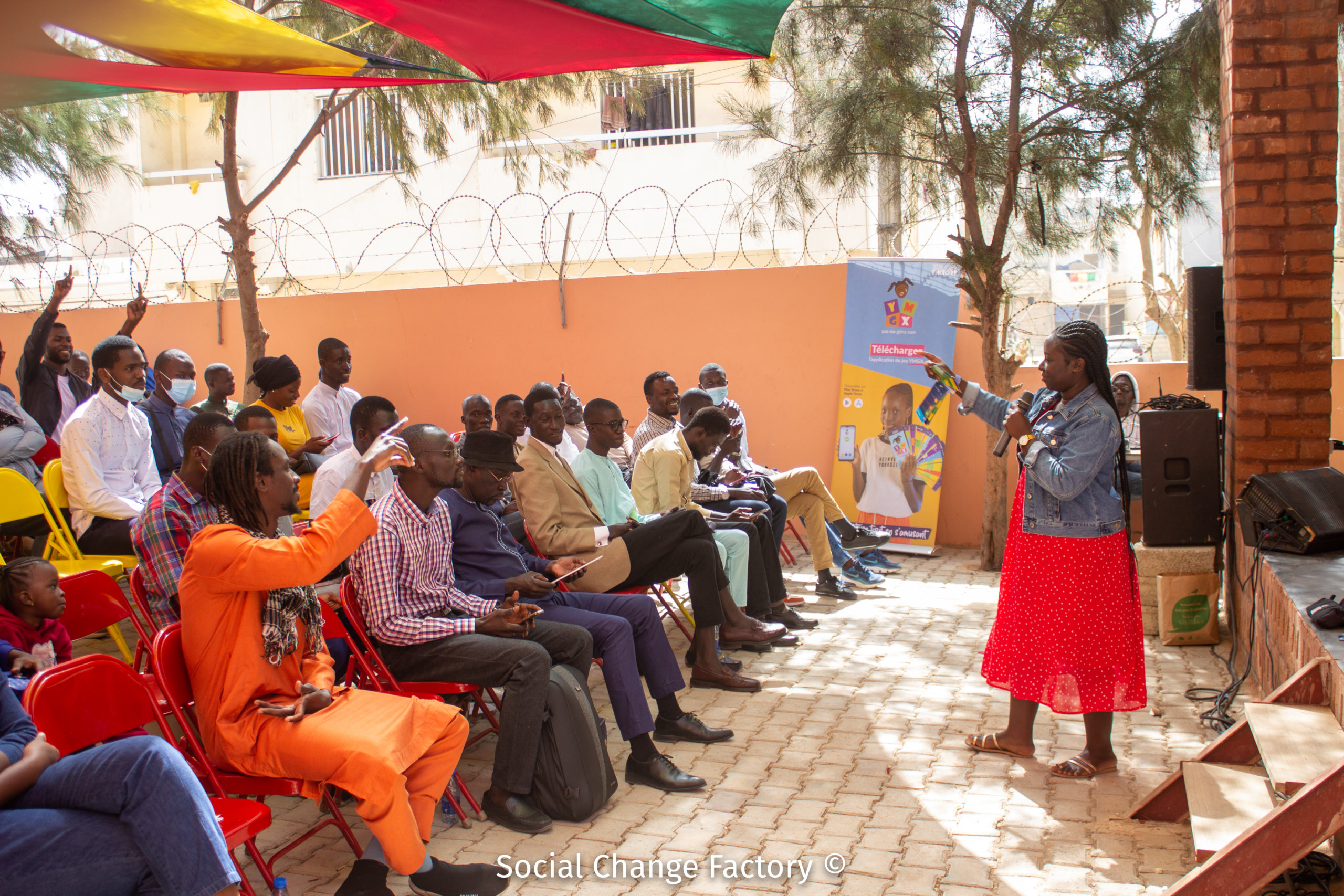Across the world, gender inequality in the professional sphere is glaringly obvious, and women occupy the majority of poorly paid, precarious jobs. In developing countries, these situations are exacerbated. In this context, taking account of gender relations and fighting for gender equality in the world of work are part of GRET’s areas of work and action.

Interview with Mélanie Canino, Gender manager at GRET.
What can be said about women’s work situations in developing countries?
Women are overrepresented in the informal sector, which has a huge bearing in these countries. While it is important to help them conduct income-generating activities, it is also crucial to ensure their formalisation so that they can emerge from precariousness and gain access to the social advantages they are deprived of.
Women also carry out a disproportionate share of unpaid work: they take care of two and a half times more household and care tasks than men. This additional work has an impact on their access to education, leisure and the political sphere. In the agricultural sector, where they account for 45 to 60% of the labour force, they often earn no salary and are excluded from decision-making processes. And in many countries, customary rights prevent them from owning land. According to Oxfam, only 13% of women farmers own the land they cultivate.
Relegated to spheres neglected by men, they still develop know-how and skills that benefit the entire community. Whether in healthcare, agriculture, household tasks, informal pooled resource systems, microfinance and many more sectors, unpaid work carried out by women supports the economy and often compensates for a lack of public expenditure in infrastructure and social services. It is clear that their work is a significant lever of development and we have everything to gain from better use of their skills. People need to understand that gender equality benefits everyone.
Yet, when an activity traditionally carried out by women is recognised and becomes profitable, in many cases men take their place….
It’s true, this can happen. But in West Africa, for example, milk processing is an activity that is mostly carried out by women. But in its projects to develop mini-dairies, GRET observed that when better equipment and market outlets are available, men tended to take over the activity, and therefore took part of the income from sales and processing. This is also the case for waste management: in some neighbourhoods in Antananarivo in Madagascar, we observed that volunteers working on collection and sorting of waste were mainly women. But as soon as these activities started generating income, they were taken over by men and suddenly deemed “too dirty” for women. This is why GRET pays particular attention to the role of women when conducting this type of project.
In professional integration projects, what can a gender-based approach contribute in concrete terms?
The gender-based approach provides an analytic framework with a political and transformative scope. This makes it possible to observe and analyse power dynamics, allocation of resources, and decision-making processes in a given situation, and ultimately to take better account of everyone’s needs.
GRET’s approach is rolled out in two ways. On the one hand, by adjusting situations generated by gender inequality to gradually improve women workers’ living conditions. And on the other hand, by working to sustainably transform the latter. In this way, GRET contributes to training and professional integration of young people. Standards in many cultures sometimes lead young people to choose sectors that are stereotypical from a gender point of view. GRET supports young people, helping them to see “outside the box” so that they can choose training and career options that suit them better. GRET also focuses on empowerment of women, strengthening their capacity to become individually and collectively organised, and to be less conditioned by poverty and precariousness.
In Vietnam, we are conducting a project to improve conditions for women working in the textile industry in the Hanoi suburbs. We are focusing primarily on their living conditions: precarious and substandard housing, health problems… But the project is also raising their awareness on their rights, training them on labour law and helping them to become organised in solidarity networks. This work is enabling women leaders to emerge and play an important role in their work life. They are also learning to avail of the opportunities that digital resources offer, such as protecting themselves from all forms of abuse (harassment, fraud, etc.).
The women are also strengthened and trained to become active stakeholders in change to ensure greater consideration of their rights. Firstly, in the community, and then on a broader scale if possible.
Which obstacles could these changes be faced with?
Empowerment processes are fragile and non-linear. In many countries and in very diverse contexts, we are observing a real regression of women’s rights – including in some European countries and the United States, with a step backwards in abortion rights for example.
Although the gender-based approach makes it possible to detect sources of injustice and to define actions to address these, changes must always be implemented very gradually: we must be extremely attentive to the consequences of women’s empowerment when they are not accepted in families and communities, because they can “backfire” and lead to violence, notably domestic violence. The do-no-harm principle is not just a slogan: changing society, supporting men in societal transformation, ensuring that initiatives launched are balanced, and having a global vision of the changes these initiatives generate are all essential.





